I: The Symbolism of Twin Fish:
1. The Philosophy of Yin-Yang
The Ultimate Embodiment of Dynamic Balance
The intertwined black-and-white fish in the Taiji diagram visually represent the core concept of “Yin within Yang, Yang within Yin.”
The opposing dots (fish eyes) signify that all things contain the seed of their opposite.
Their flowing posture symbolizes the ceaseless cyclical movement of cosmic energy.
A Manifestation of Natural Law
The two fish chasing each other’s tails mirror the alternation of sun and moon, the cycle of seasons, and the eternal rhythm of nature.
Their curved bodies resemble the spiral form of galaxies, reflecting the idea of “cosmic harmony between heaven and humanity.”
Ancient astronomical instruments often featured twin fish motifs on their scales, alluding to the cyclical nature of time and space.
2. Symbolism in Material Life
An Emblem of Prosperity
The high reproductive capacity of fish led to their association with fertility and abundance (“many children, much happiness”).
Fish motifs on Shang and Zhou dynasty bronze vessels symbolized wealth measurement in tribal societies.
Ming and Qing dynasty merchants hung twin fish plaques in shops, signifying “double profits” and commercial success.
A Cultural Code for Social Ascension
The legend of “Carp Leaping Over the Dragon Gate” presents a complete allegorical system:
The transformation from fish to dragon mirrors the imperial examination system as a ladder of upward mobility.
The fish struggling in the Yellow River’s rapids symbolize fierce societal competition.
The red scar on the foreheads of unsuccessful fish evolved into an auspicious mark, representing “great fortune at hand.”
II. The Symbolism of the Bagua Diagram in Taoism
The Bagua (Eight Trigrams) is a fundamental Taoist symbol with three key meanings:
1. Cosmic Order
Represents the eight fundamental forces of nature (Heaven, Earth, Thunder, Wind, Water, Fire, Mountain, Lake)
The circular design symbolizes the eternal cycle of the universe
2.Spiritual Guidance
Yin-Yang balance: Teaches practitioners to harmonize body and mind
Changing trigrams: Reveals wisdom in following natural laws
3.Practical Uses
Used in ritual objects (e.g., Bagua mirrors)
A focal point for meditation
Sacred symbol in Taoist ceremonies
The Bagua embodies the Taoist principle of “unity between heaven and humanity,” serving both as a tool and a spiritual guide.


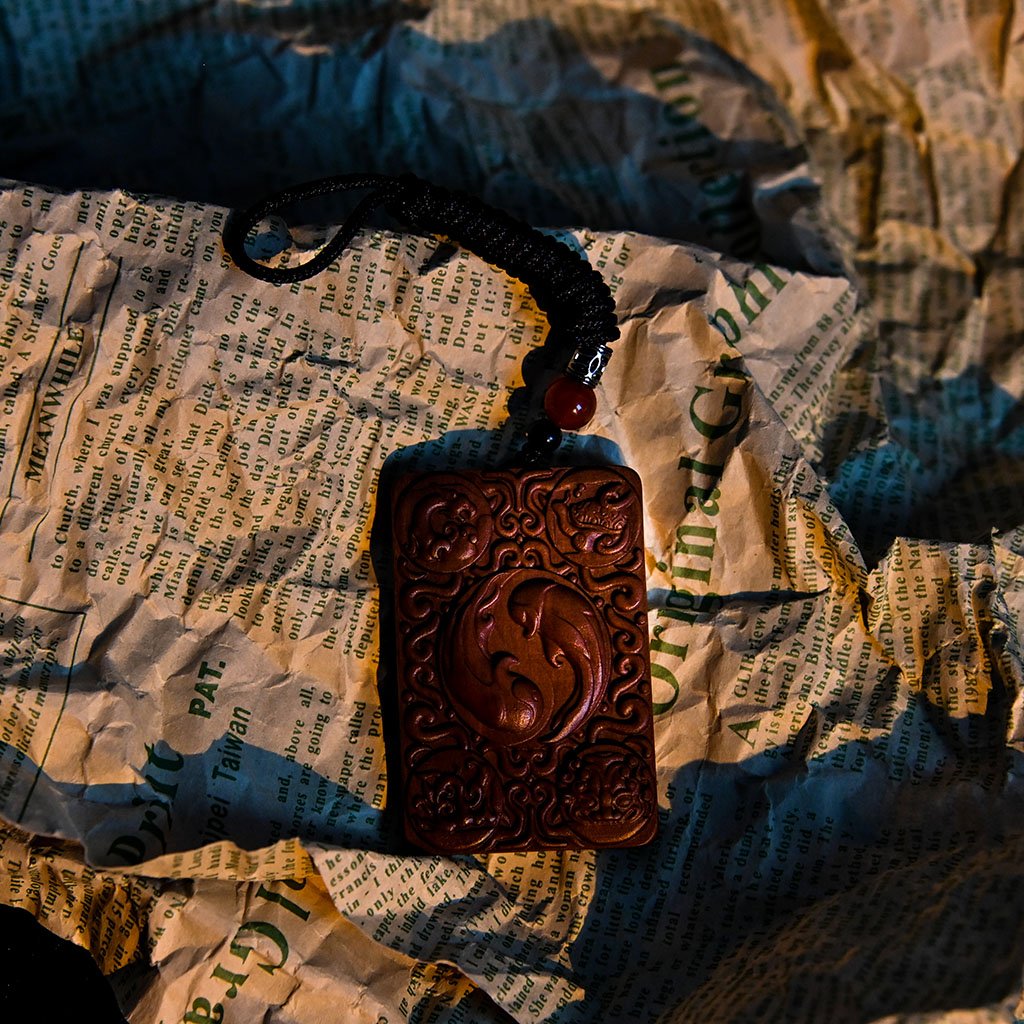
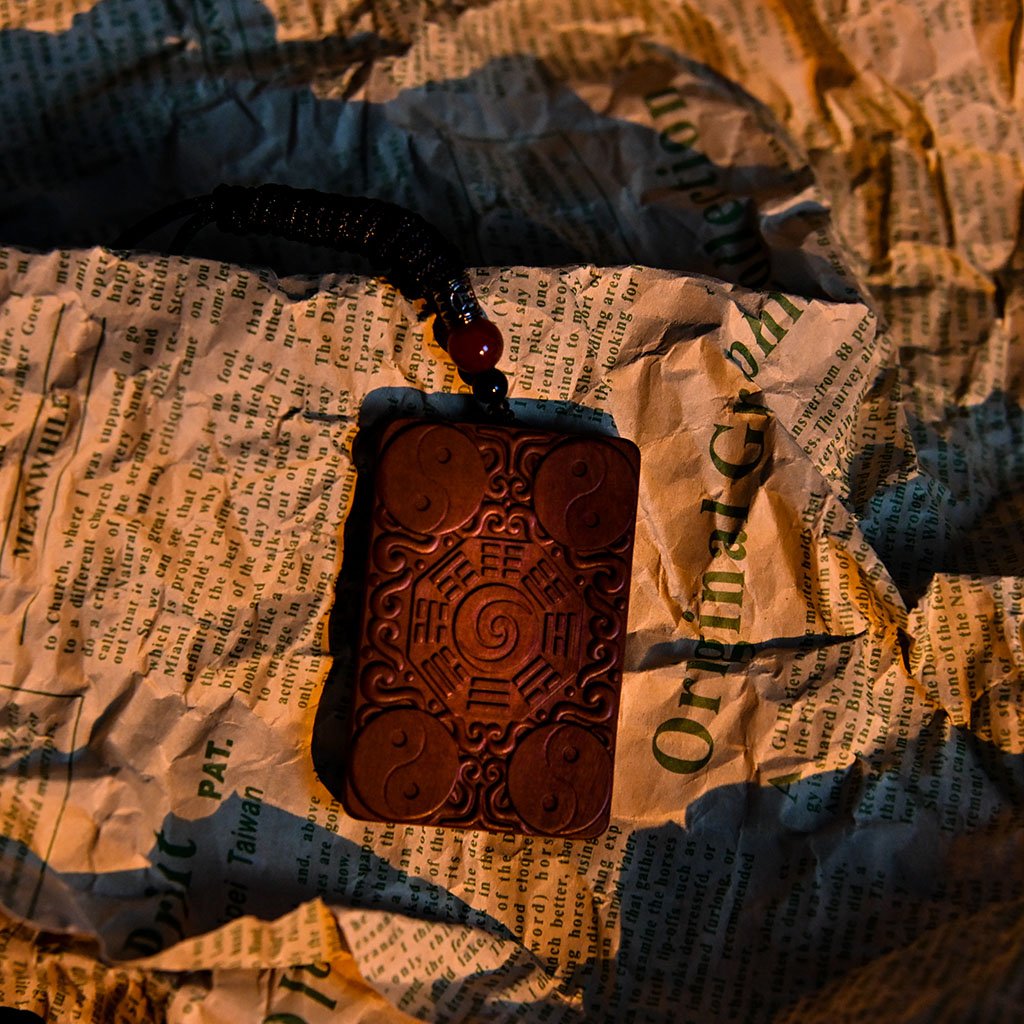
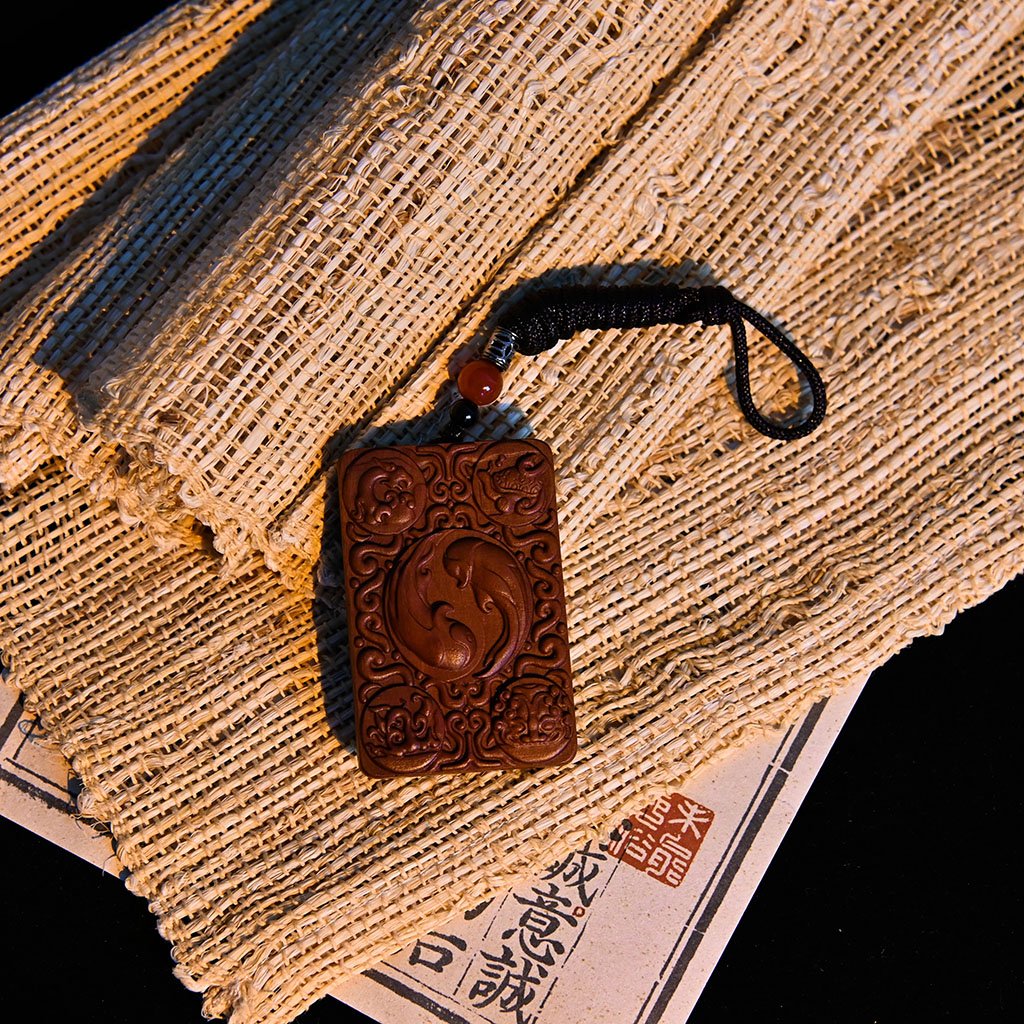
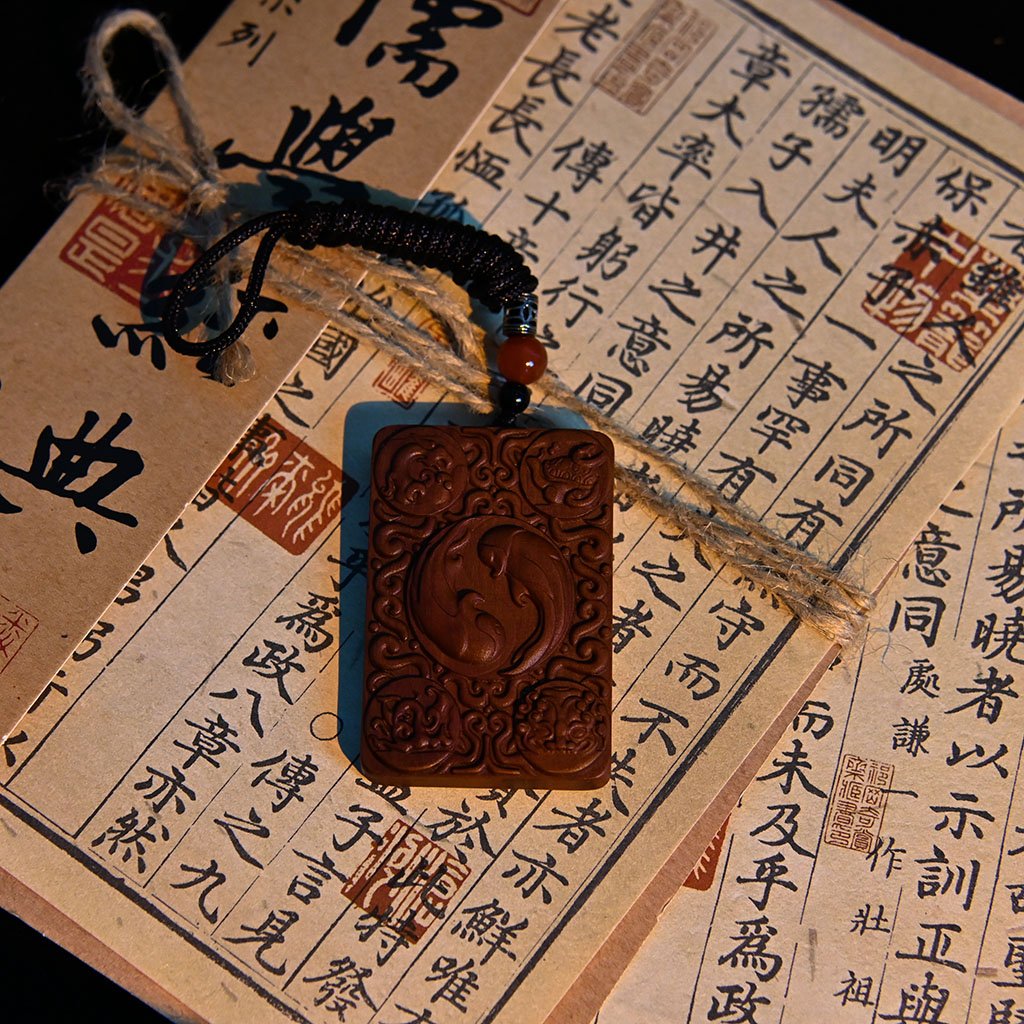
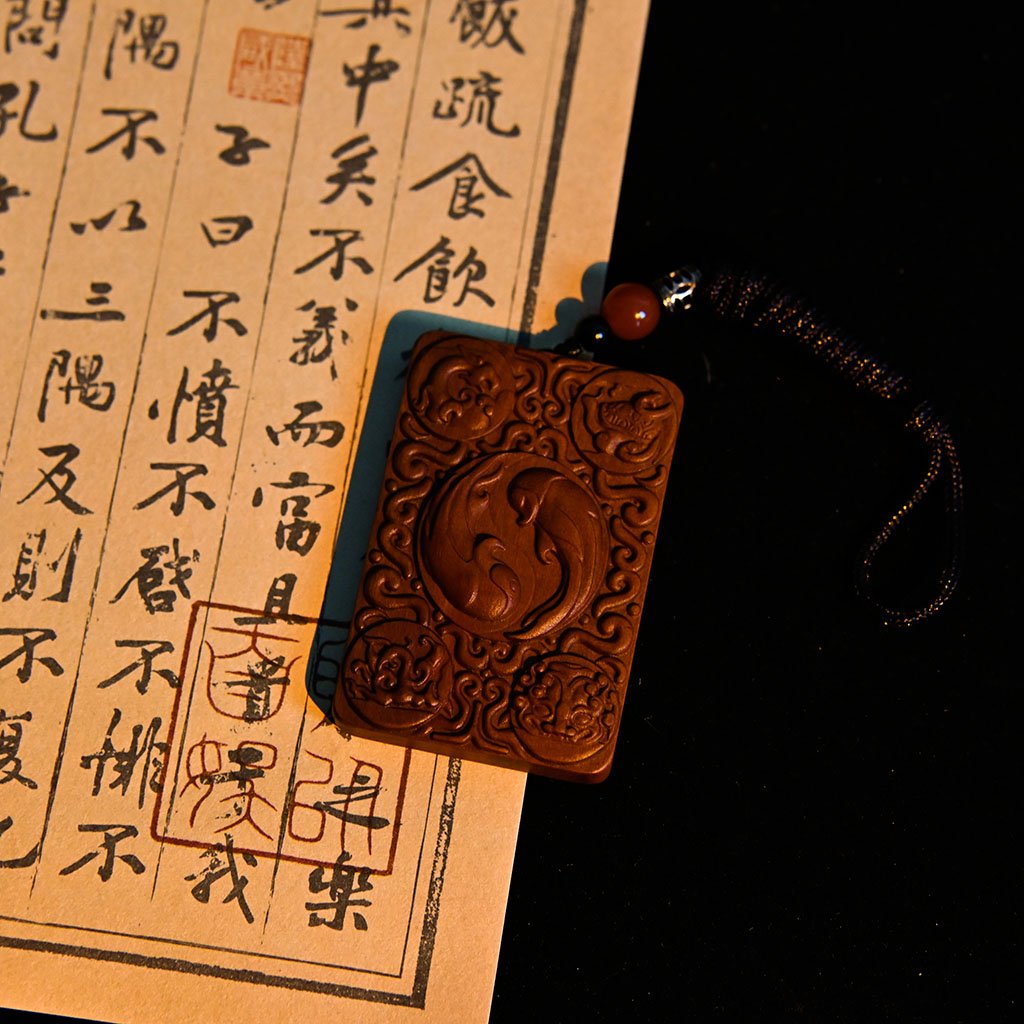
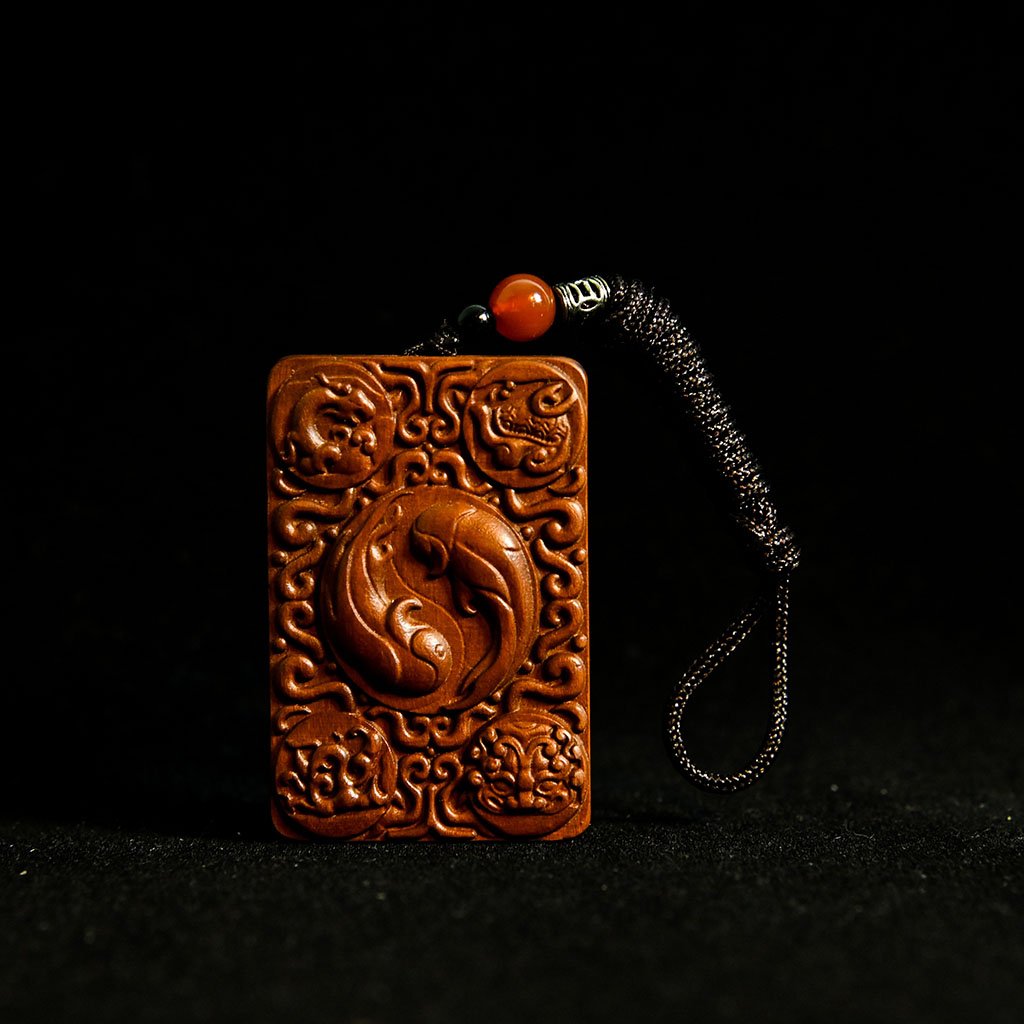

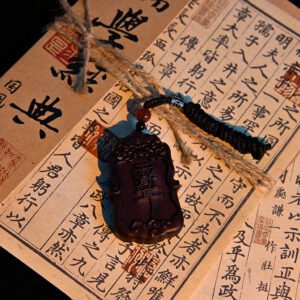


Reviews
There are no reviews yet.